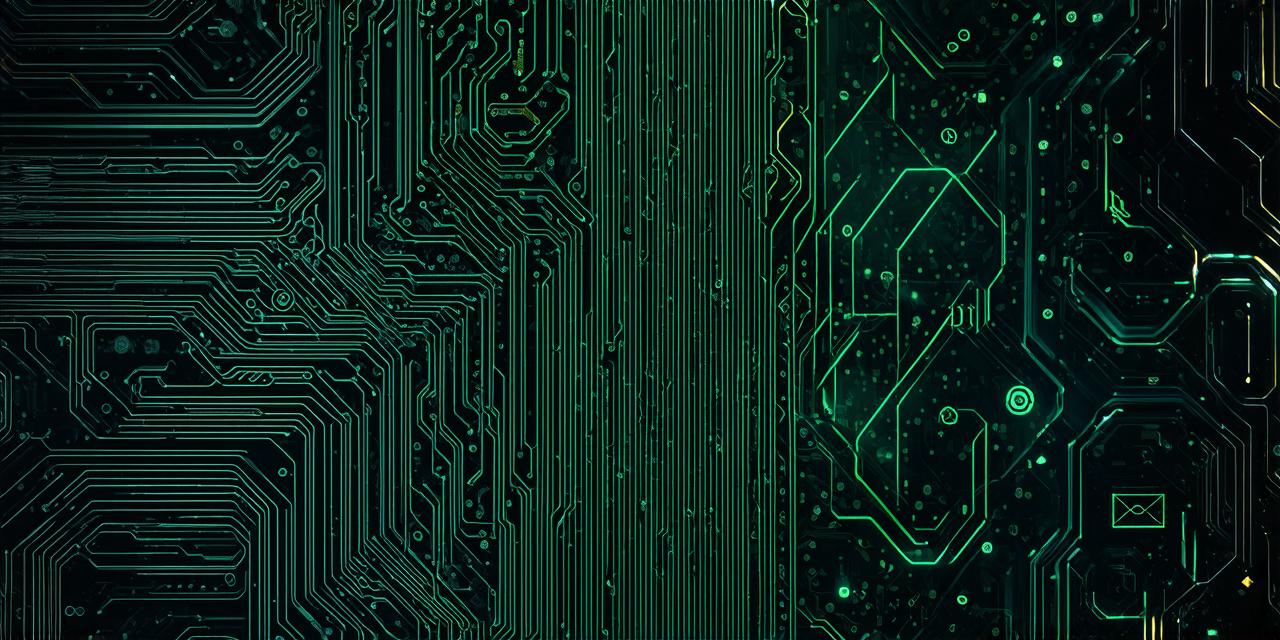Blockchain: A Brief Overview
Before diving into the benefits of blockchain technology, let’s first understand what it is. Blockchain is a distributed ledger system that records transactions across multiple computers in a secure and transparent manner. Each block in the chain contains a record of multiple transactions, and once a block is added to the chain, it cannot be altered or deleted. This makes the blockchain an ideal solution for industries that require high levels of security and transparency.
Benefits of Blockchain Technology
Now that we have a brief overview of blockchain technology, let’s explore its benefits in various fields.
1. Healthcare
Blockchain technology is being used in the healthcare industry to improve data storage and transfer processes. By using a decentralized system, patient records can be securely stored and shared between healthcare providers, without the need for intermediaries. This allows for more efficient and accurate communication between healthcare providers, resulting in better patient outcomes. For example, the MedRec platform uses blockchain technology to securely store and share patient medical records.
2. Finance
The finance industry is another area where blockchain technology is being used to improve data storage and transfer processes. By using a decentralized system, financial transactions can be processed faster and more efficiently, without the need for intermediaries. This eliminates the risk of fraud and increases transparency in financial transactions. For example, Ripple uses blockchain technology to facilitate cross-border payments quickly and securely.
3. Supply Chain Management
Blockchain technology is being used in supply chain management to improve traceability and transparency in product movement. By using a decentralized system, the entire supply chain can be recorded on a blockchain, allowing for easy tracking of products from source to destination. This eliminates the need for intermediaries and increases transparency in the supply chain. For example, Walmart uses blockchain technology to track the origin of food products, ensuring that they are safe for consumption.
4. Voting Systems
Blockchain technology is being used to improve voting systems by providing a secure and transparent way to cast and count votes. By using a decentralized system, it becomes more difficult for hackers to manipulate the system, resulting in a more secure and trustworthy voting process. For example, Voatz uses blockchain technology to enable secure and verifiable voting from anywhere in the world.
Conclusion
In conclusion, blockchain technology is revolutionizing data storage and transfer processes across various industries. By using a decentralized system that eliminates the need for intermediaries, it provides high levels of security and transparency. Whether it’s in healthcare, finance, supply chain management, or voting systems, blockchain technology has the potential to significantly improve data storage and transfer processes. As more companies begin to adopt blockchain technology, we can expect to see even more innovative solutions emerge in the future.
FAQs
Q: What is blockchain technology?
A: Blockchain technology is a distributed ledger system that records transactions across multiple computers in a secure and transparent manner. Each block in the chain contains a record of multiple transactions, and once a block is added to the chain, it cannot be altered or deleted.
Q: How does blockchain technology work?
A: Blockchain technology works by using a decentralized system that eliminates the need for intermediaries. Transactions are recorded on a distributed ledger, which is securely stored and shared across multiple computers. Once a transaction is added to the ledger, it cannot be altered or deleted.
Q: What industries are using blockchain technology?
A: Blockchain technology is being used in various industries, including healthcare, finance, supply chain management, and voting systems. It provides high levels of security and transparency, making it an ideal solution for industries that require these features.

